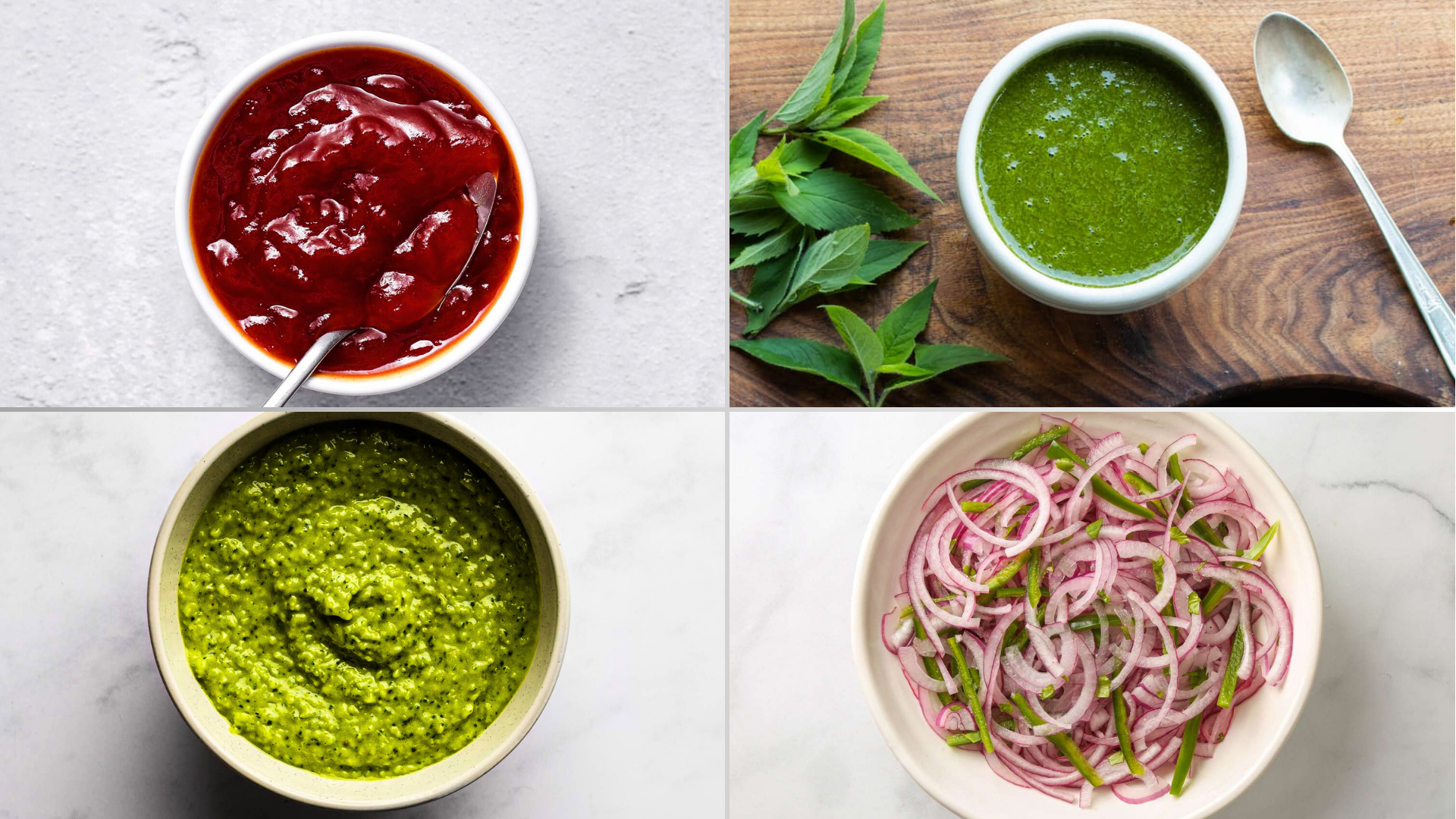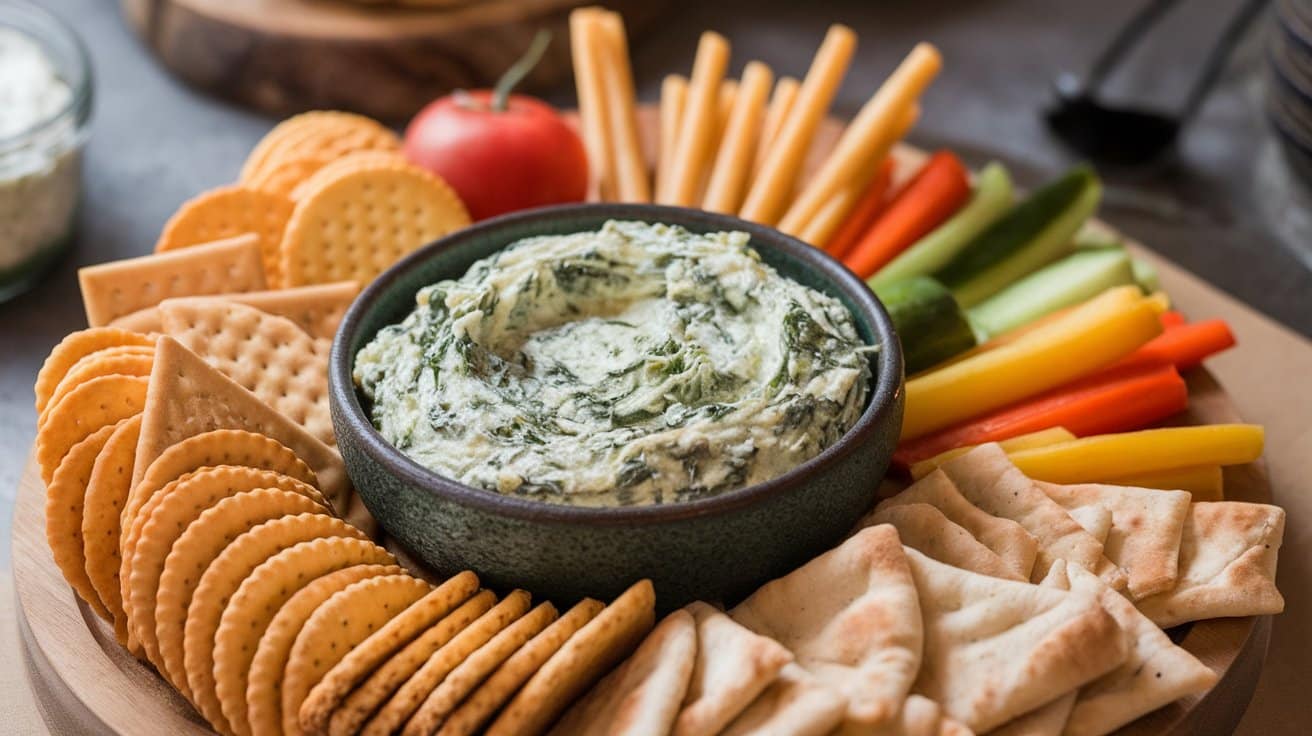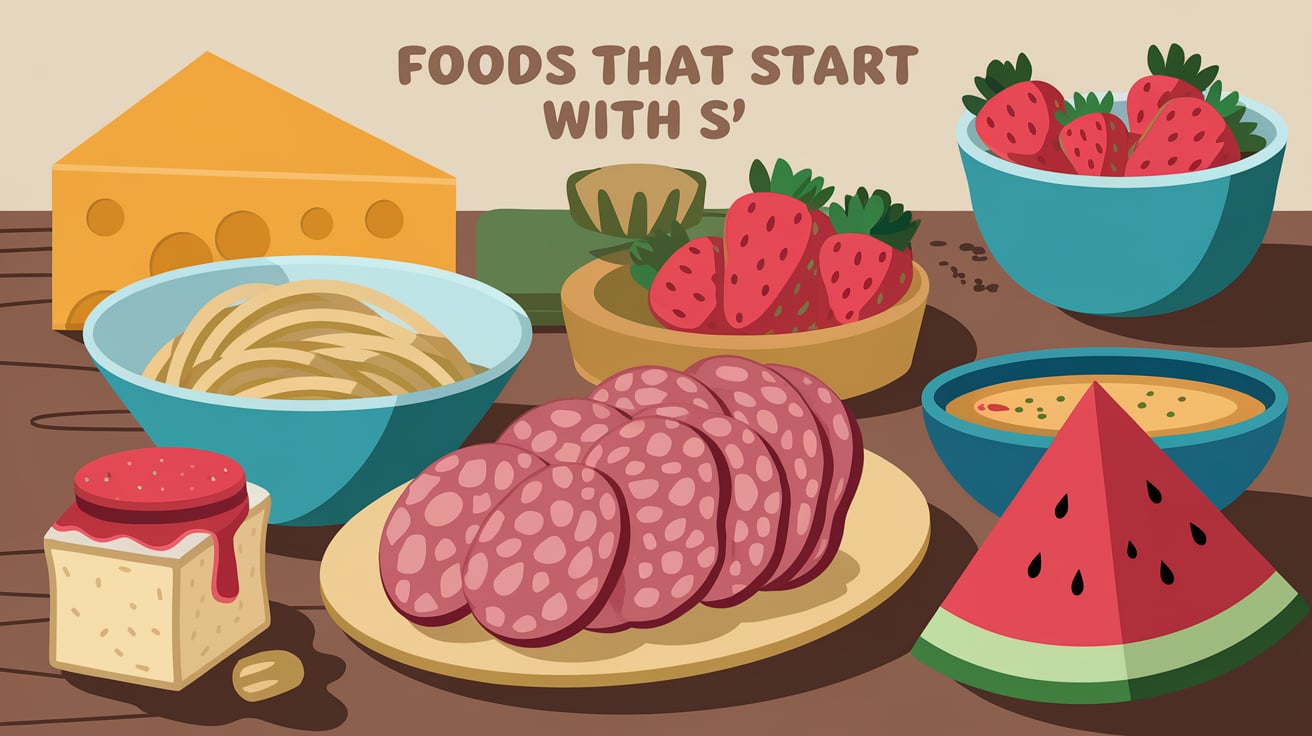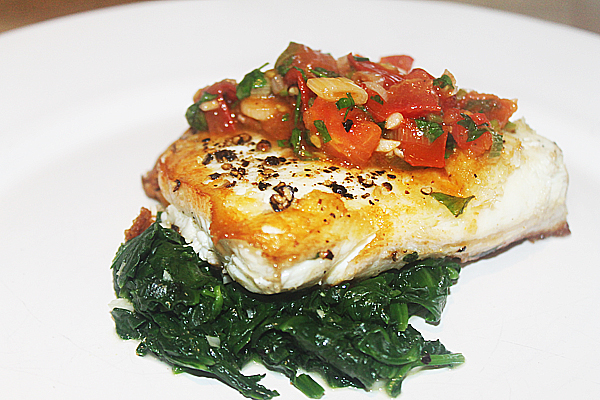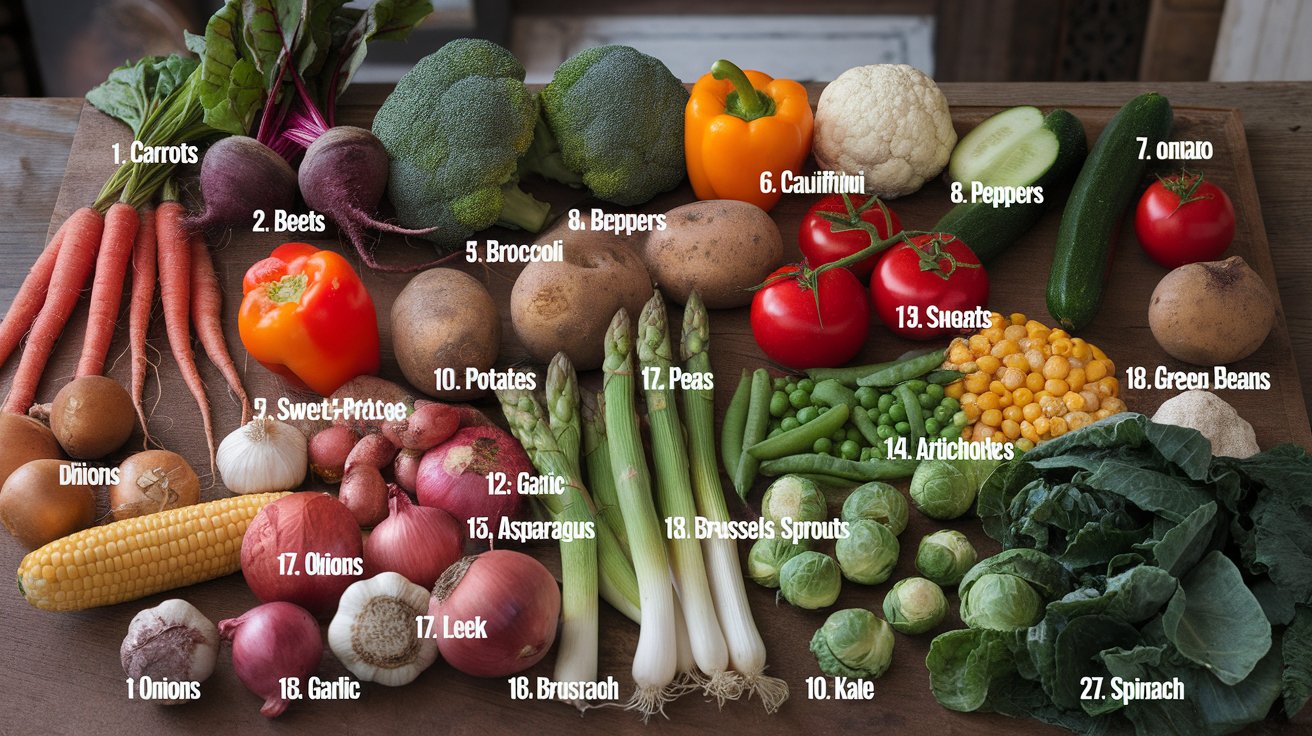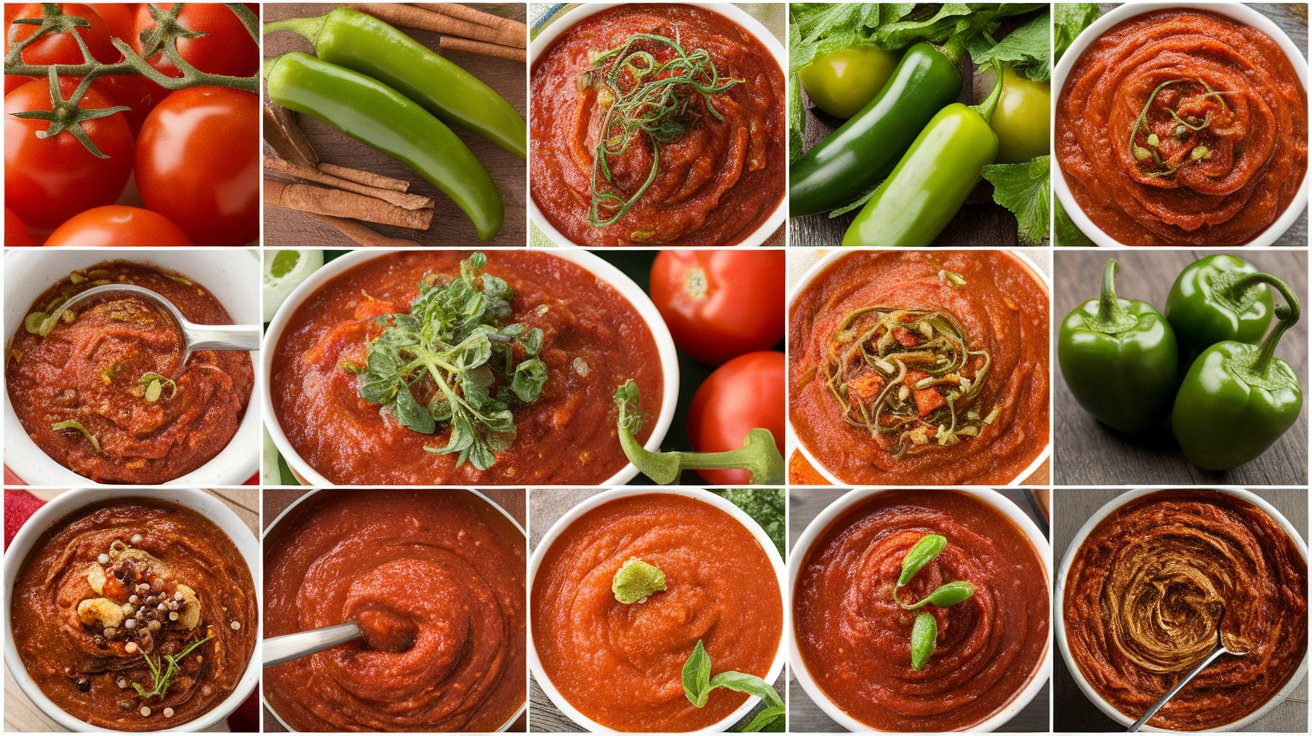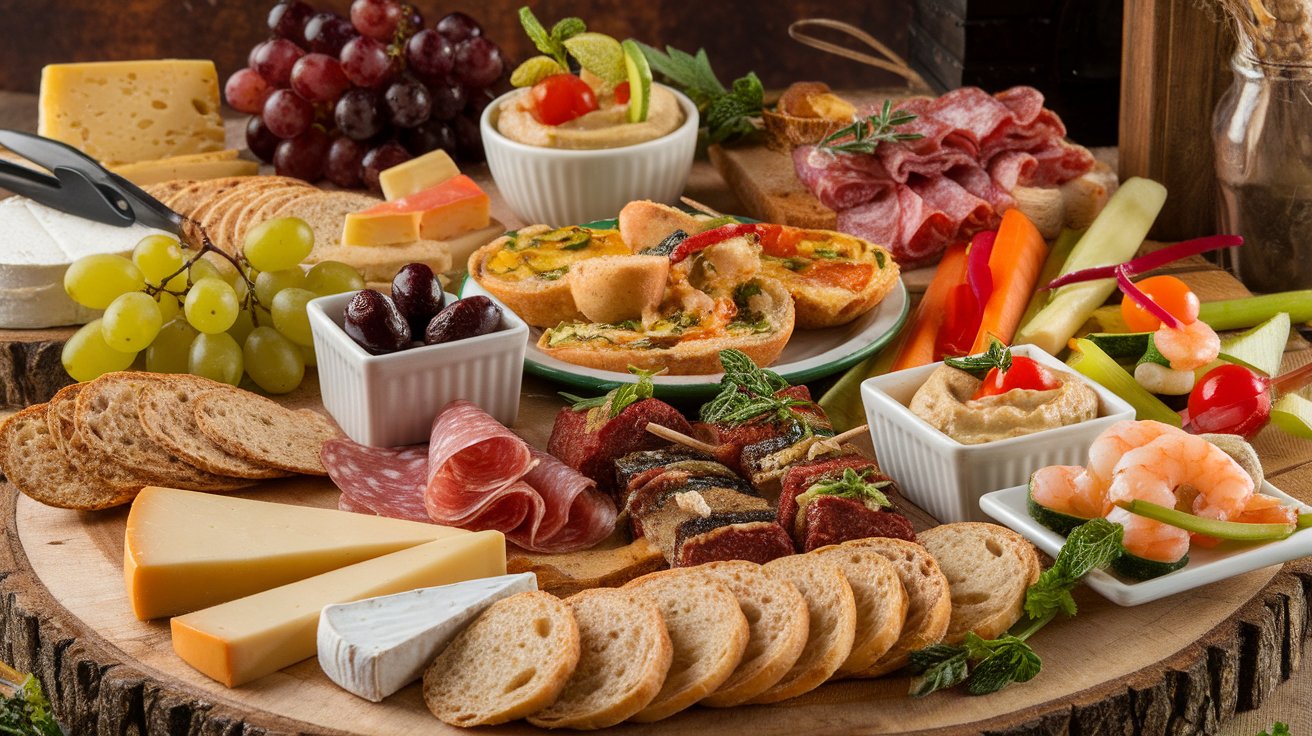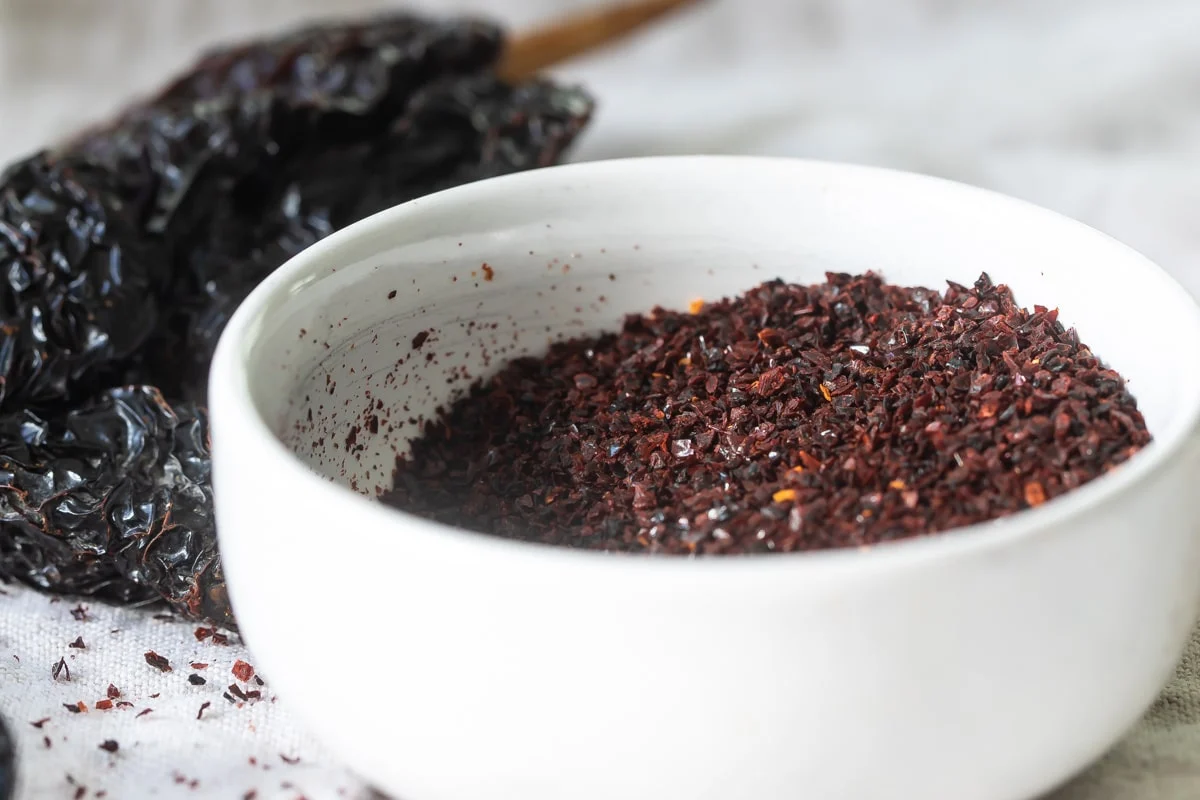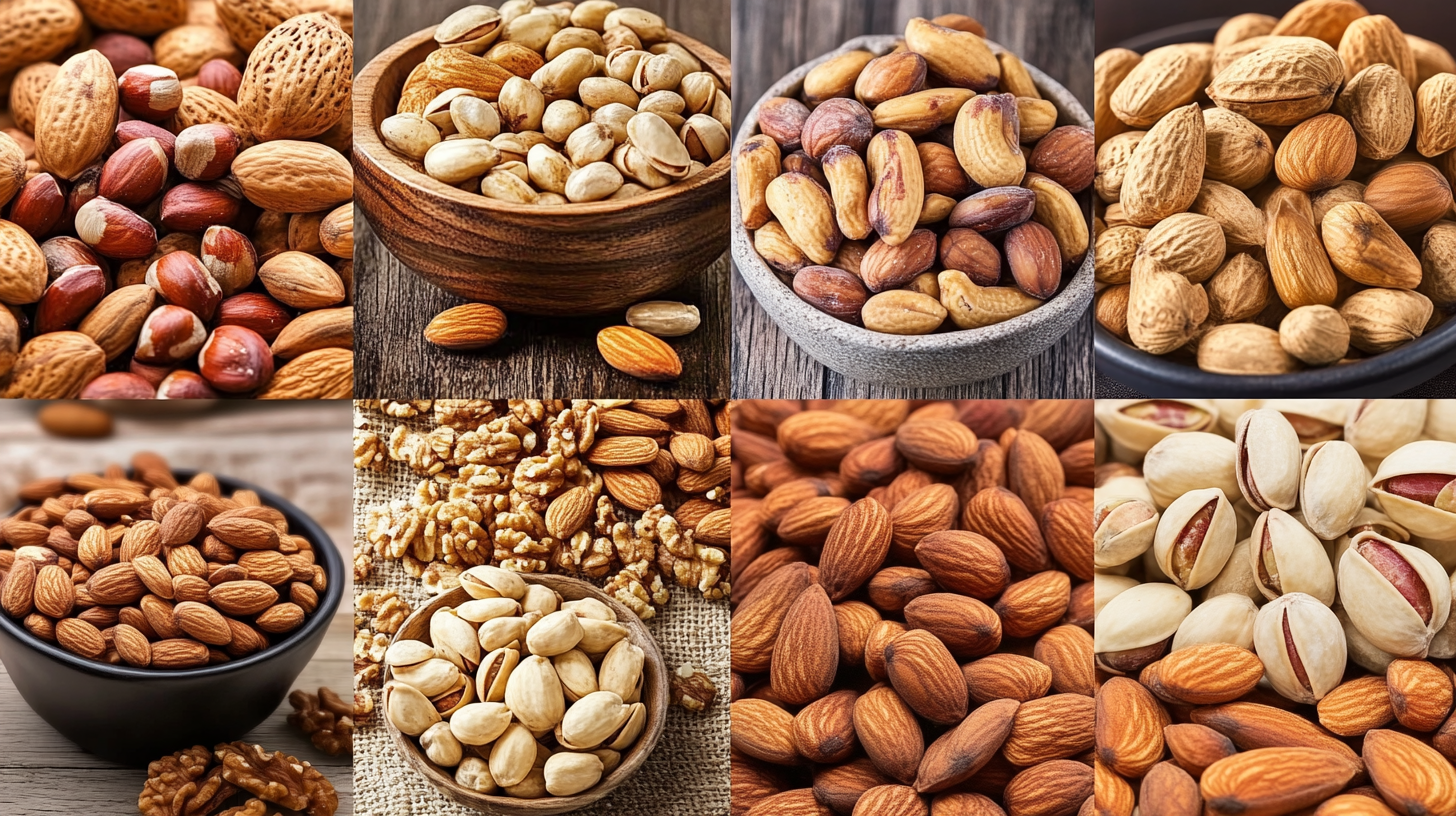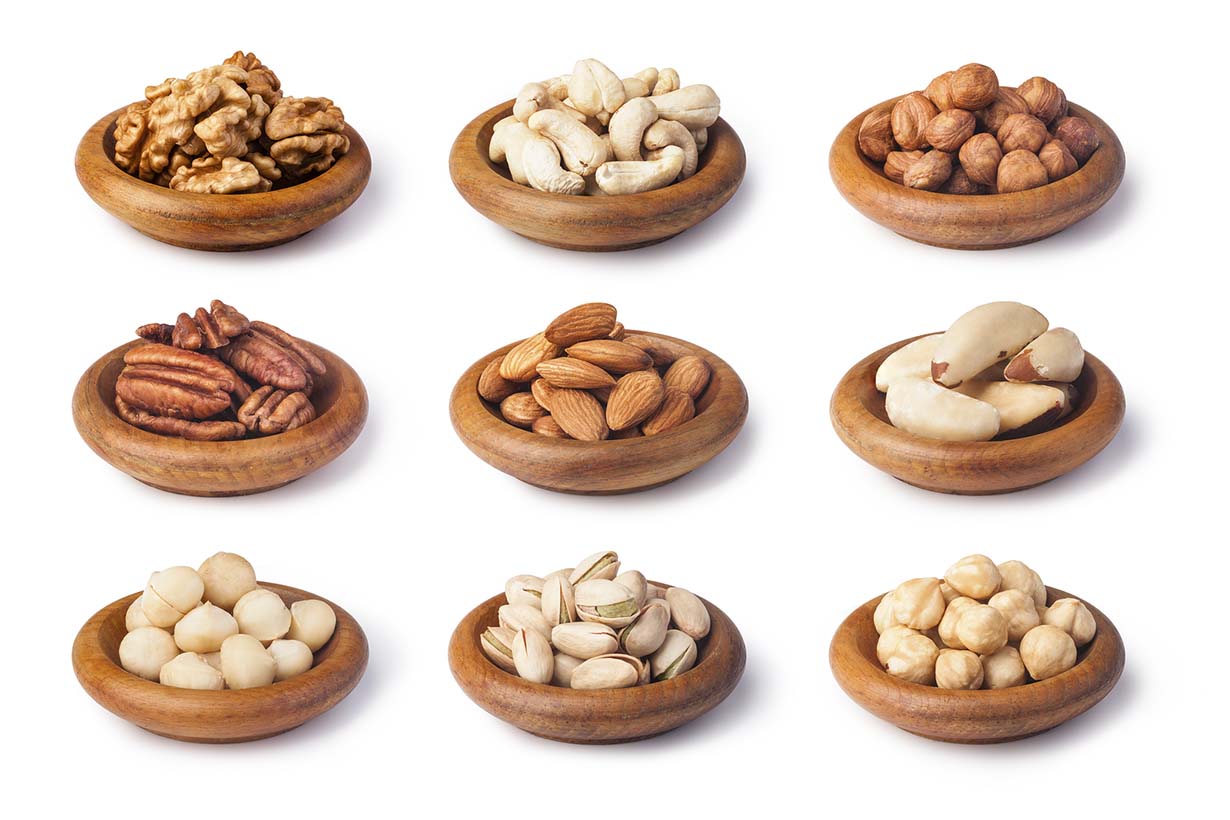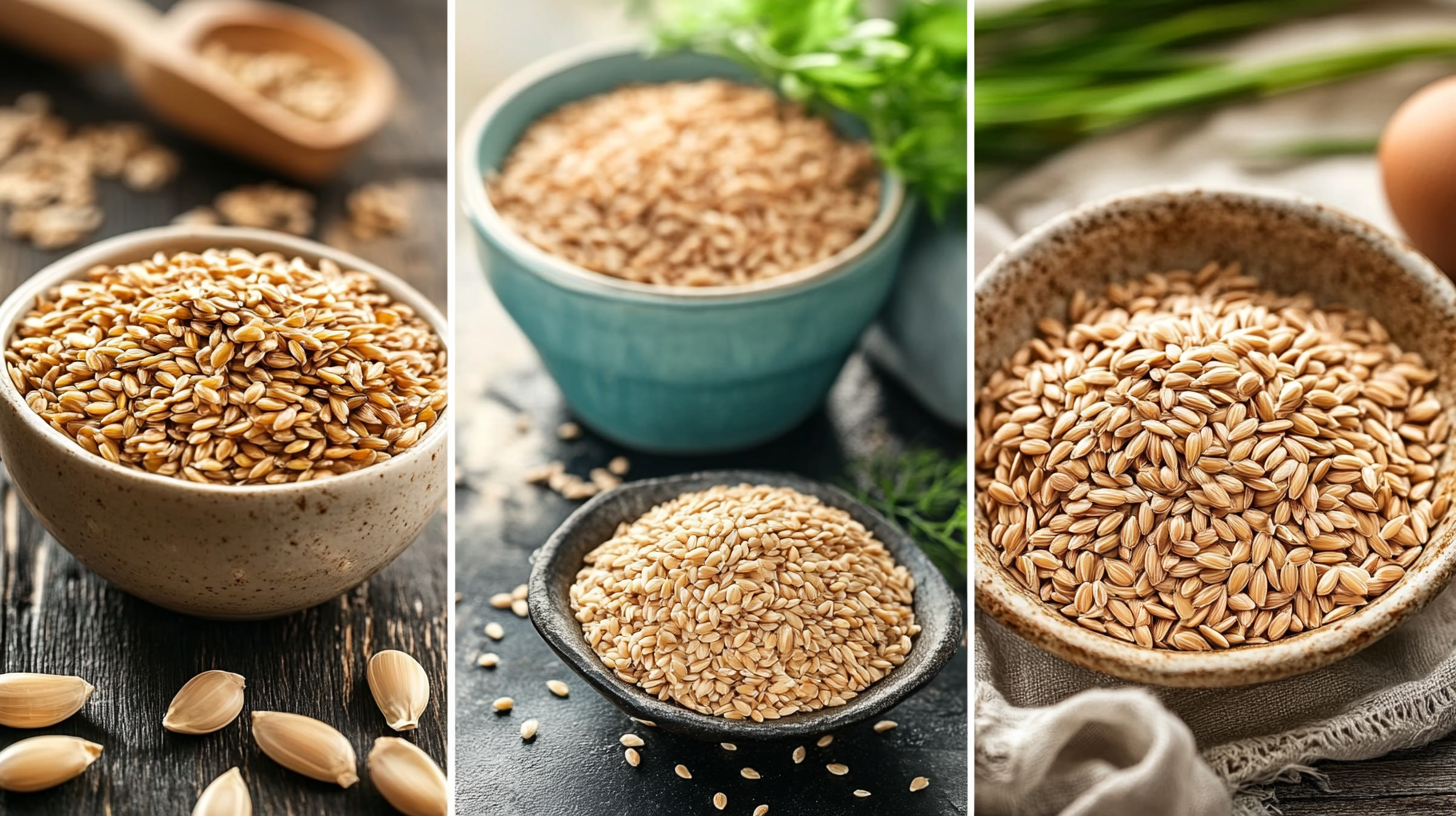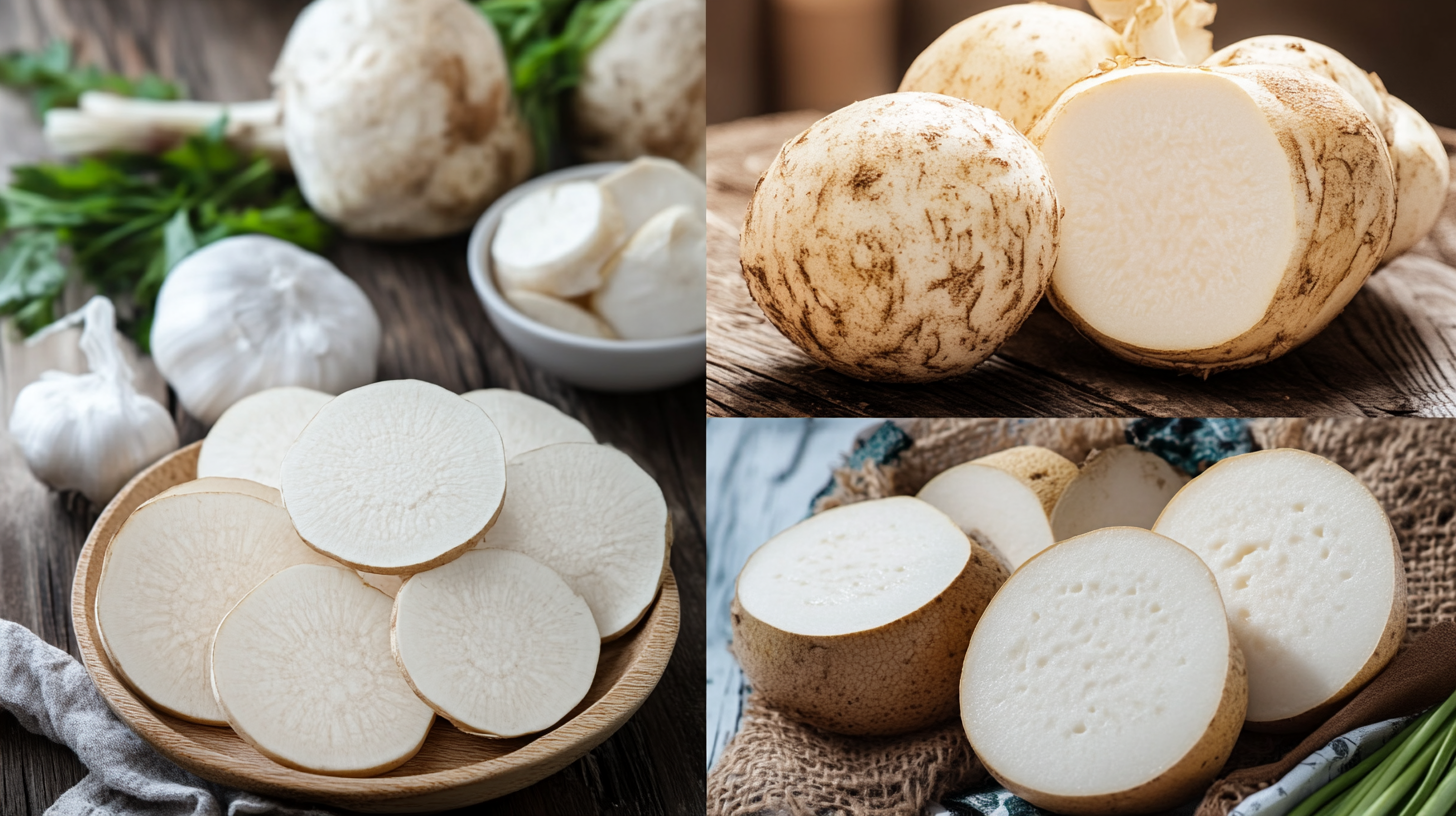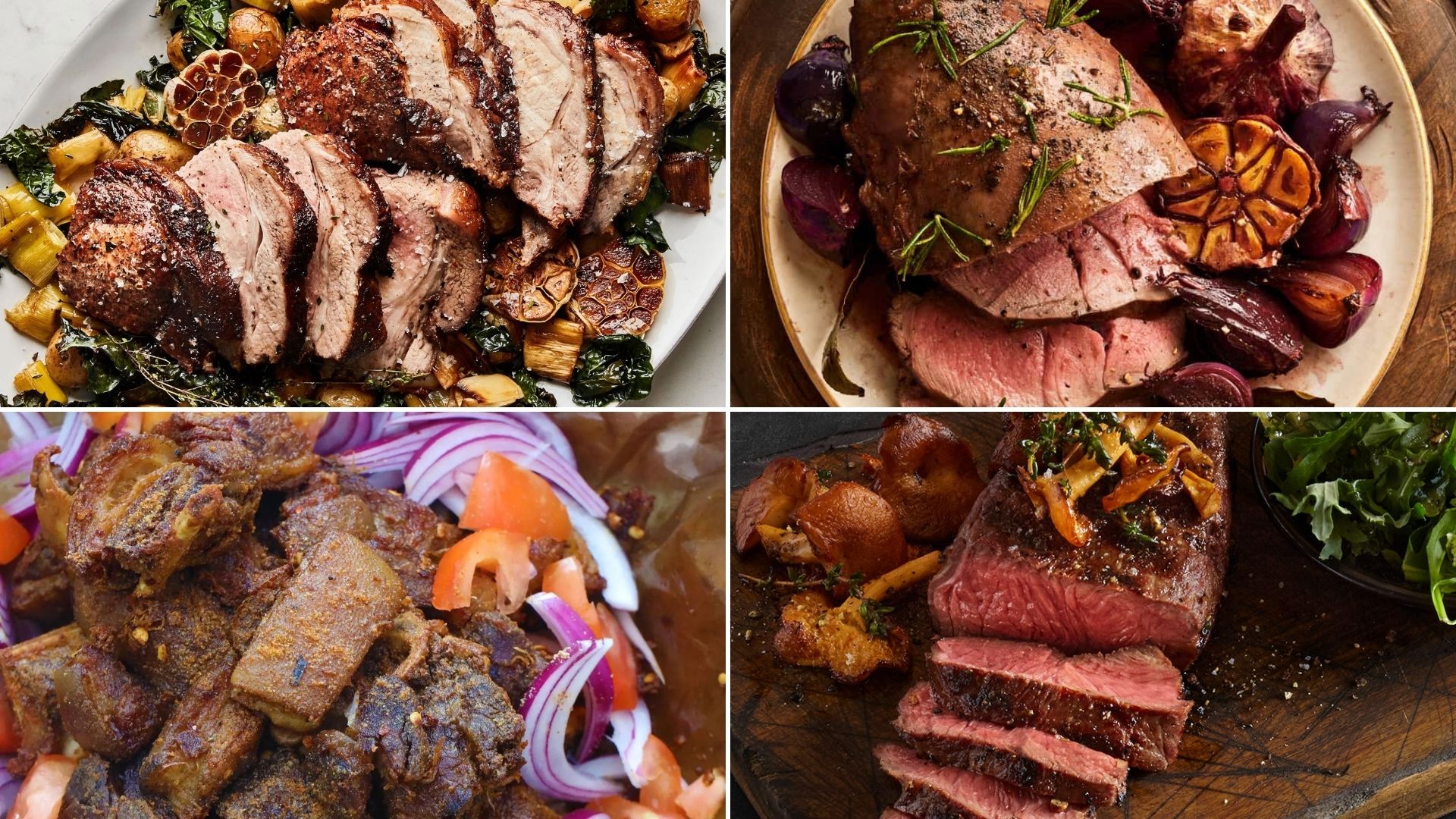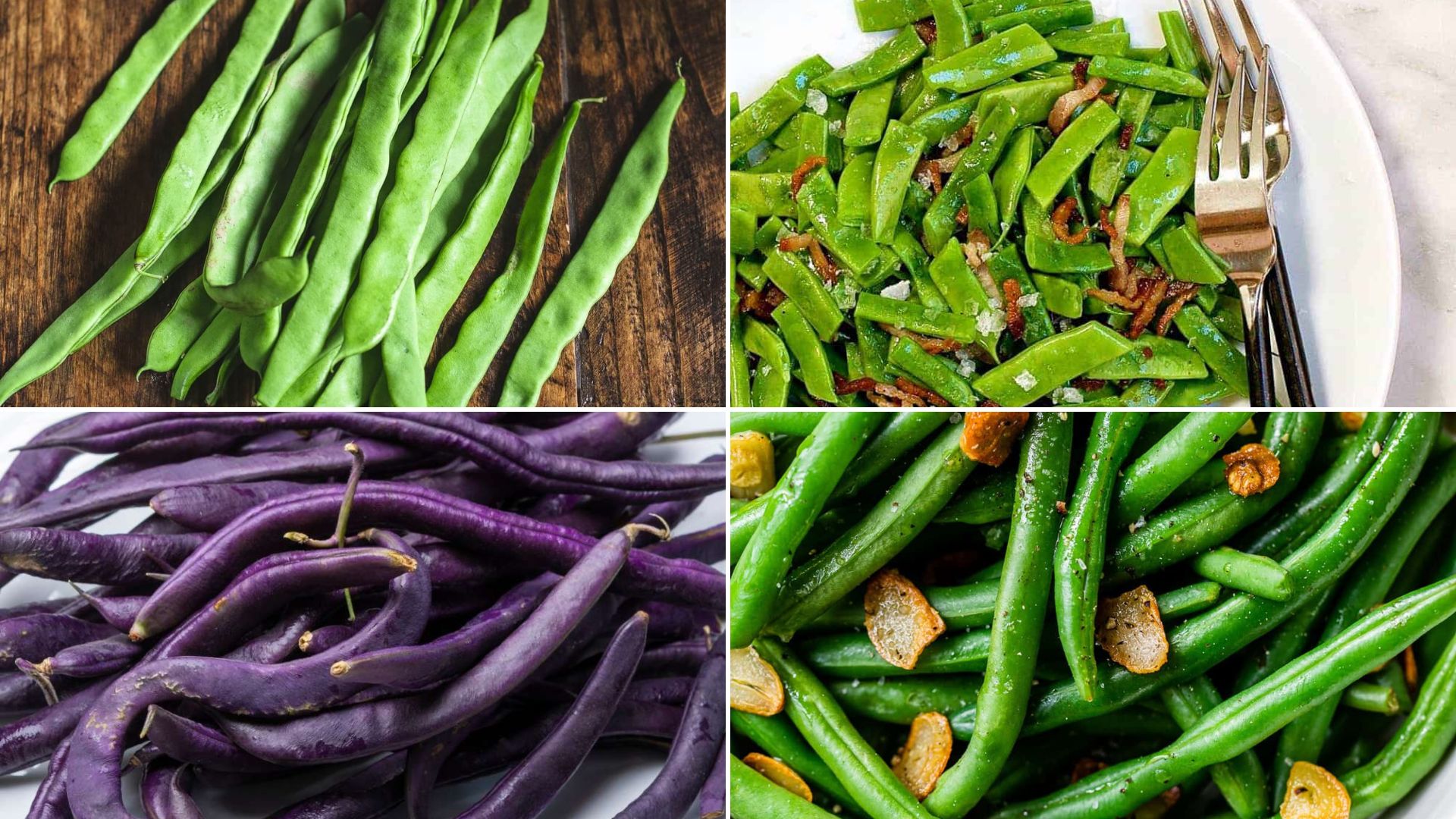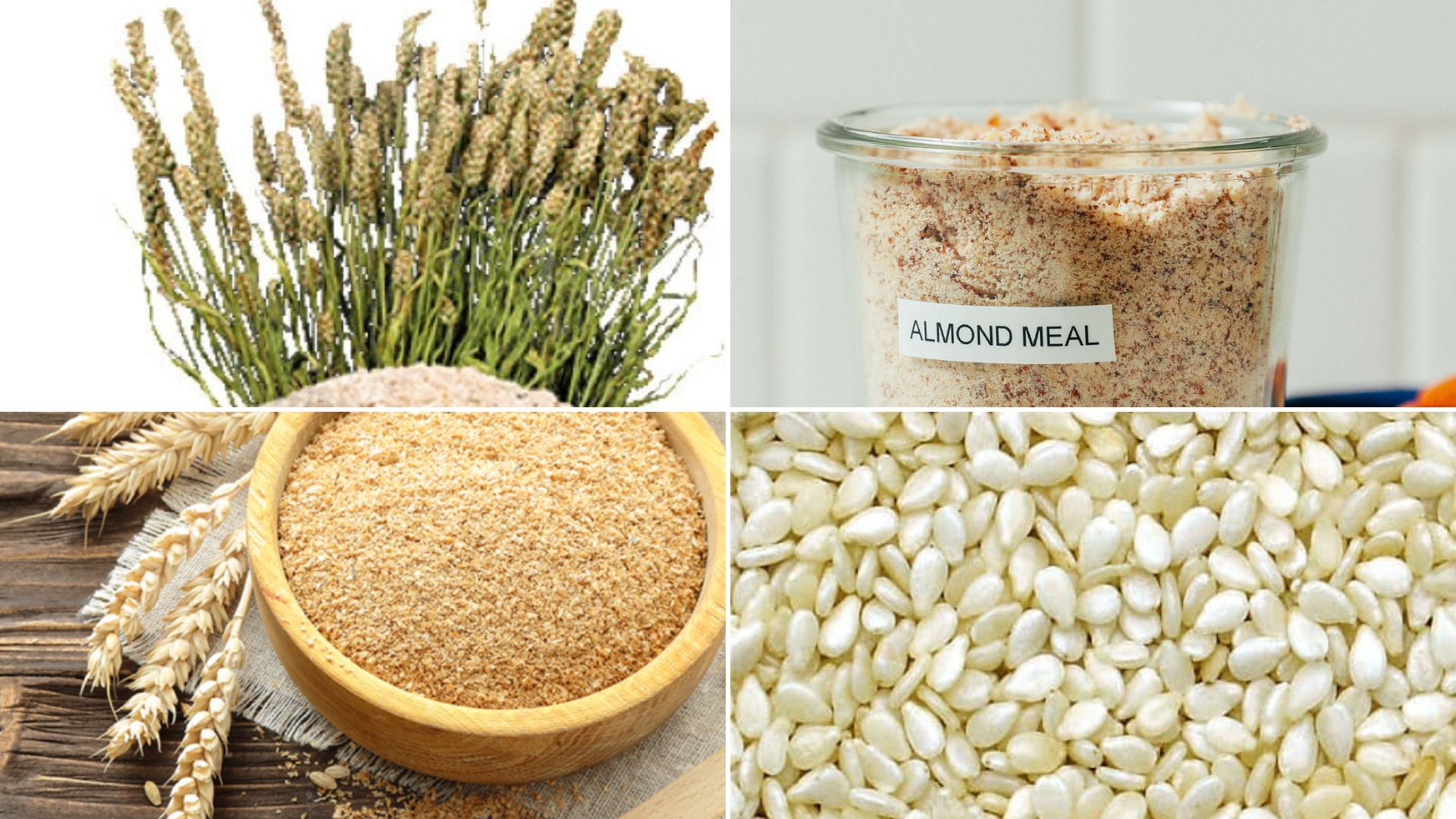
Imagine biting into a perfectly roasted chicken, its skin crispy and seasoned just right. Your taste buds come alive with a rich, complex flavor that’s deeply satisfying.
This is the world of savory foods – delicious dishes beyond salty tastes. From hearty stews to umami-packed mushroom risotto, savory items offer various flavors that excite our palates.
But what exactly makes a dish savory? And how can you create these mouthwatering flavors at home?
In this blog, we’ll explore the fascinating world of savory foods, diving into what defines them, their key characteristics, and how to prepare them.
Get ready to discover new ways to elevate your cooking and satisfy your cravings for rich, flavorful meals.
What is a Savory Food?
When discussing food, we often think of sweet, sour, or salty tastes. But another important taste adds depth to many dishes – savory.
Unlike sweet foods, savory items focus on rich, full-bodied flavors that aren’t sugary.
Savory foods are known for their umami taste – a Japanese term that roughly means “delicious” or “meaty.”
This flavor comes from proteins and gives dishes a satisfying, mouth-filling quality. Salty notes also play a big role in savory foods, but they’re not the only defining feature.
What makes a food savory? It’s usually a mix of these elements:
- Rich flavors that feel satisfying
- No sweetness as the main taste
- Often includes umami and salty notes
- It can have hints of bitter or sour tastes
Think of a well-seasoned roast chicken, a bowl of mushroom soup, or a slice of aged cheese.
These foods all have complex flavors that leave you feeling content and full. They’re perfect examples of what we mean when we say “savory.”
Components of Savory Dishes
What makes a dish savory? Let’s break it down into three main parts: ingredients, flavors, and cooking methods.
Combining the right ingredients, balancing flavors, and using these cooking methods can create delicious, savory dishes that satisfy your taste buds.
Ingredients
Savory dishes often include the following.
- Meats: Beef, chicken, pork, and fish
- Vegetables: Mushrooms, tomatoes, onions, and garlic
- Herbs: Rosemary, thyme, and basil
- Spices: Black pepper, paprika, and cumin
- Other items: Cheese, soy sauce, and broths
Flavors
The main flavors of savory foods are as follows. These flavors work together to create a rich, satisfying taste experience.
- Umami: This “meaty” taste comes from proteins and adds depth
- Salty: Enhances other flavors and makes food more appealing
- Bitter: Sometimes present, adding complexity (like in dark greens or coffee-rubbed meats)
Cooking Techniques
How you cook can boost savory qualities. Each method can make ingredients more flavorful and increase their savory appeal.
For example, slow-cooking meat tenderizes it and enhances its flavor, while grilling vegetables can make them sweeter and add a smoky flavor.
- Roasting: Brings out natural flavors and creates a tasty outer layer
- Grilling: Adds a smoky taste and pleasant charred bits
- Slow cooking: Allows flavors to develop and deepen over time
- Sauteing: Quickly cooks food while keeping flavors intense
Examples of Savory Dishes

Let’s explore some popular savory dishes from around the world. These foods showcase how different cultures create deep, satisfying flavors.
- Beef Stew: A hearty mix of tender meat, vegetables, and rich broth. Perfect for cold evenings.
- Grilled Vegetables: Colorful veggies with a slight char, often served as a side or in salads.
- Mushroom Risotto: Creamy Italian rice dish packed with earthy mushroom flavor.
- Roast Chicken: A classic family meal, often seasoned with herbs and served with potatoes.
- Spaghetti Bolognese: Italian pasta topped with a meaty tomato sauce.
- Vegetable Curry: An aromatic Indian dish with a mix of spices and vegetables.
- Grilled Salmon: Flaky fish with a crispy exterior, often enjoyed in summer.
- French Onion Soup: A comforting soup topped with melted cheese and bread.
These dishes appear in various settings. Whether having a quiet night in or celebrating with friends, these savory dishes offer flavors that satisfy and delight.
They show how different ingredients and cooking methods can create a wide range of tasty meals.
- Family Dinners: Stews, roasts, and pasta dishes bring people together.
- Restaurants: From casual eateries to fine dining, savory dishes fill menus.
- Outdoor Gatherings: Grilled items are popular at barbecues and picnics.
- Comfort Food: Many turn to savory dishes like soups or curries when feeling under the weather.
- Special Occasions: Holiday meals often feature savory main courses.
Benefits of Savory Foods
Savory foods aren’t just tasty—they also offer several health benefits. Let’s examine how these flavorful dishes can contribute to our well-being.
Nutritional Aspects
- Protein-rich: Many savory foods, like meats, fish, and legumes, are excellent sources of protein. This nutrient is vital for building and repairing body tissues.
- Vitamin and mineral content: Savory vegetables, herbs, and spices often pack a nutritional punch. For example, leafy greens in a savory salad provide iron and calcium.
- Healthy fats: Foods like olive oil, nuts, and fatty fish used in savory dishes offer heart-healthy unsaturated fats.
- Lower sugar content: Unlike sweet foods, savory dishes typically don’t contain added sugars, which can be better for blood sugar control.
Satiety and Satisfaction
- Feeling full: Protein and fiber, common in many savory foods, help you feel full for longer. This can prevent overeating and support healthy weight management.
- Balanced meals: A savory main dish with a mix of proteins, vegetables, and whole grains can provide a well-rounded, satisfying meal.
- Steady energy: The combination of proteins and complex carbohydrates in many savory dishes helps maintain steady blood sugar levels, avoiding energy crashes.
- Psychological satisfaction: The rich flavors and textures of savory foods can be very satisfying, potentially reducing cravings for less nutritious snacks.
- Variety in diet: Including a range of savory foods in your meals ensures you get a wide array of nutrients, supporting overall health.
By choosing savory foods, you’re not just treating your taste buds – you’re also nourishing your body and helping manage your appetite. This balance of flavor and nutrition makes savory dishes a smart choice for many meals.
Pairing Savory Dishes
The right pairings can elevate savory dishes and create a more enjoyable dining experience. Let’s explore how to match savory foods with other flavors, textures, and drinks.
Flavor and Texture Pairings
- Contrasting tastes: A touch of sweetness or acidity can balance rich savory flavors. Try adding a drizzle of honey to roasted vegetables or a squeeze of lemon to grilled fish.
- Complementary textures: Pair soft, tender meats with crispy sides. For example, serve a juicy steak with crunchy roasted potatoes.
- Fresh elements: Add brightness to heavy dishes with fresh herbs or a light salad. A sprinkle of chopped parsley on beef stew or a side of mixed greens with a creamy pasta dish works well.
- Creamy additions: Rich, creamy sauces or cheese can enhance leaner savory foods. Think of adding a cheese sauce to steamed broccoli or a yogurt-based dressing to grilled chicken.
Beverage Pairings

- Red wine: Full-bodied red wines like Cabernet Sauvignon or Syrah pair nicely with rich meats like beef or lamb.
- White wine: Lighter savory dishes such as grilled fish or chicken often match well with Chardonnay or Sauvignon Blanc.
- Beer: The carbonation and bitterness in beer can complement fried or fatty savory foods. Try a lager with fried chicken or an IPA with a burger.
- Non-alcoholic options: Sparkling water with a slice of lemon can cleanse the palate between bites of rich food. Unsweetened iced tea also pairs well with many savory dishes.
- Coffee: A strong cup of coffee can balance out the richness of savory brunch items like eggs Benedict or a cheese omelet.
Remember, the goal of pairing is to enhance, not overpower. Don’t be afraid to experiment with different pairings to find what you enjoy most.
The best combinations will bring out the best in both the food and the drink, creating a balanced and enjoyable meal.
Conclusion
Savory foods, characterized by their deep, complex flavors and often featuring umami notes, play a crucial role in our culinary experiences.
Let’s recap what makes a dish savory:
- Rich, full-bodied flavors
- Often includes umami and salty elements
- Absence of sweetness as the main taste
- Can involve various cooking techniques like roasting, grilling, or slow-cooking
Savory foods aren’t just delicious; they also offer nutritional benefits. We’ve seen how pairing these foods with complementary flavors, textures, and beverages can enhance our dining experiences.
Try new dishes, experiment with different cooking methods, and pay attention to the depth of flavors in your meals. You might discover new favorites or gain a deeper appreciation for familiar dishes.
Remember, cooking and eating are about enjoyment and nourishment. Savory foods offer a wonderful opportunity to experience both.
So, the next time you sit down to a meal, take a moment to savor the rich, complex flavors of your savory dishes. Your taste buds will thank you!

